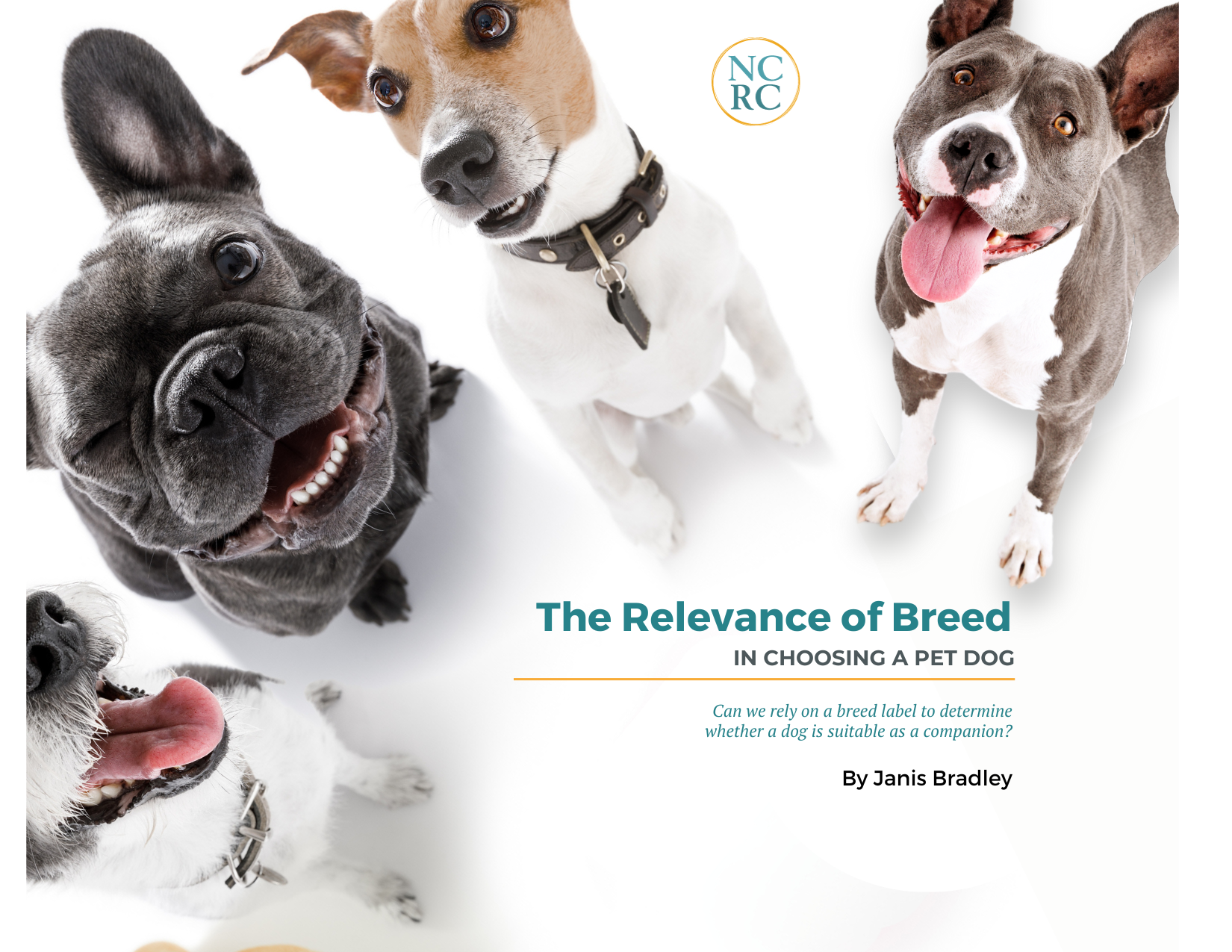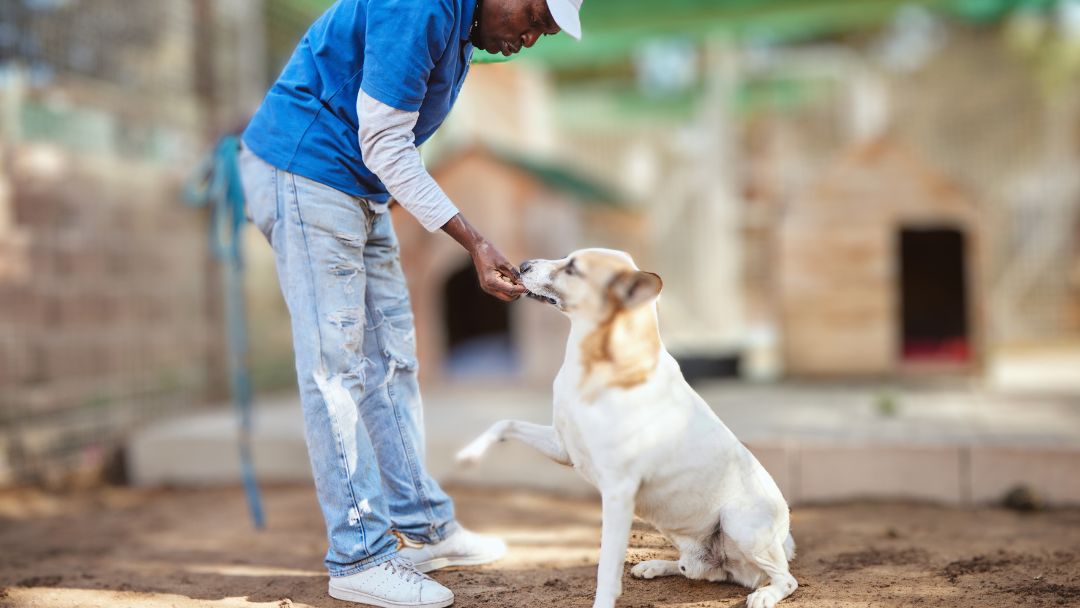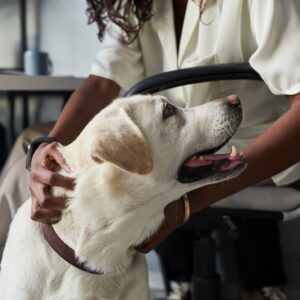Once again researchers at the Family Dog Project in Hungary have confirmed an ability that dog lovers have long suspected in our canine companions.
In an ingenious series of experiments the Eötvös Loránd University ethologists demonstrated that dogs can discriminate between human expressions of happiness, disgust, and simply blank indifference. [1]
They built on earlier studies which had shown that dogs can tell the difference between smiling and “blank” photos of their owners’ faces, but did not recognize these differences on strangers’ faces. And that dogs were more interested in investigating a box when their owner had looked joyfully into the box than one that the owner had examined with an eeew! On the other hand, the owner’s expression of ickiness didn’t necessarily deter the dog any more than a simply blank expression. The authors hypothesized that this apparent disconnect might arise from dogs often finding objects in the world fascinating that humans find revolting and that the dogs had learned to notice this. You probably don’t have to go back farther than your last walk with your dog to think of some very graphic examples.
So Borbála Turcsán, and her colleagues, among them NCRC advisor Ádám Miklósi, decided to look at whether dogs would prefer to fetch an object that their owner had handled with happiness, over one that had elicited revulsion or indifference, hypothesizing that such a “free choice” task might more precisely identify what human emotions the dog could “read” than was yielded by simply observing approach behaviors.
The results were striking. The dogs were decisively more likely to bring back the “happy” object over the disgusting or the “indifferent” one. But if both objects bored the owner, the dog’s choices were random, as they were when the choice was between a disgusting – to the owner – object and a boring one, whichever they approached first. And these results were consistent from the dog’s first try to the last and with puppies between 10 weeks and a year old, so the behavior is unlikely to be attributable to learning which choice would yield a reward.
Much like year old humans and even more than great apes, “dogs,” it turns out, simply “demonstrate a preference for positive human emotions while also show[ing] avoidance of the negative.”
As this kind of research progresses, we learn more and more about why this remarkable interspecies bonding occurs with such ease.
Sources and Notes:
[1] Turcsán, B., Szánthó, F., Miklósi, Á., & Kubinyi, E. (2014). Fetching what the owner prefers? Dogs recognize disgust and happiness in human behavior. Animal Cognition. Advance online publication. doi 10.1007/s10071-014-0779-3







